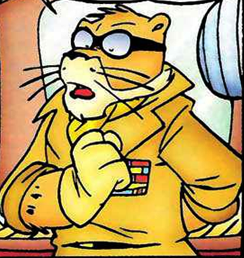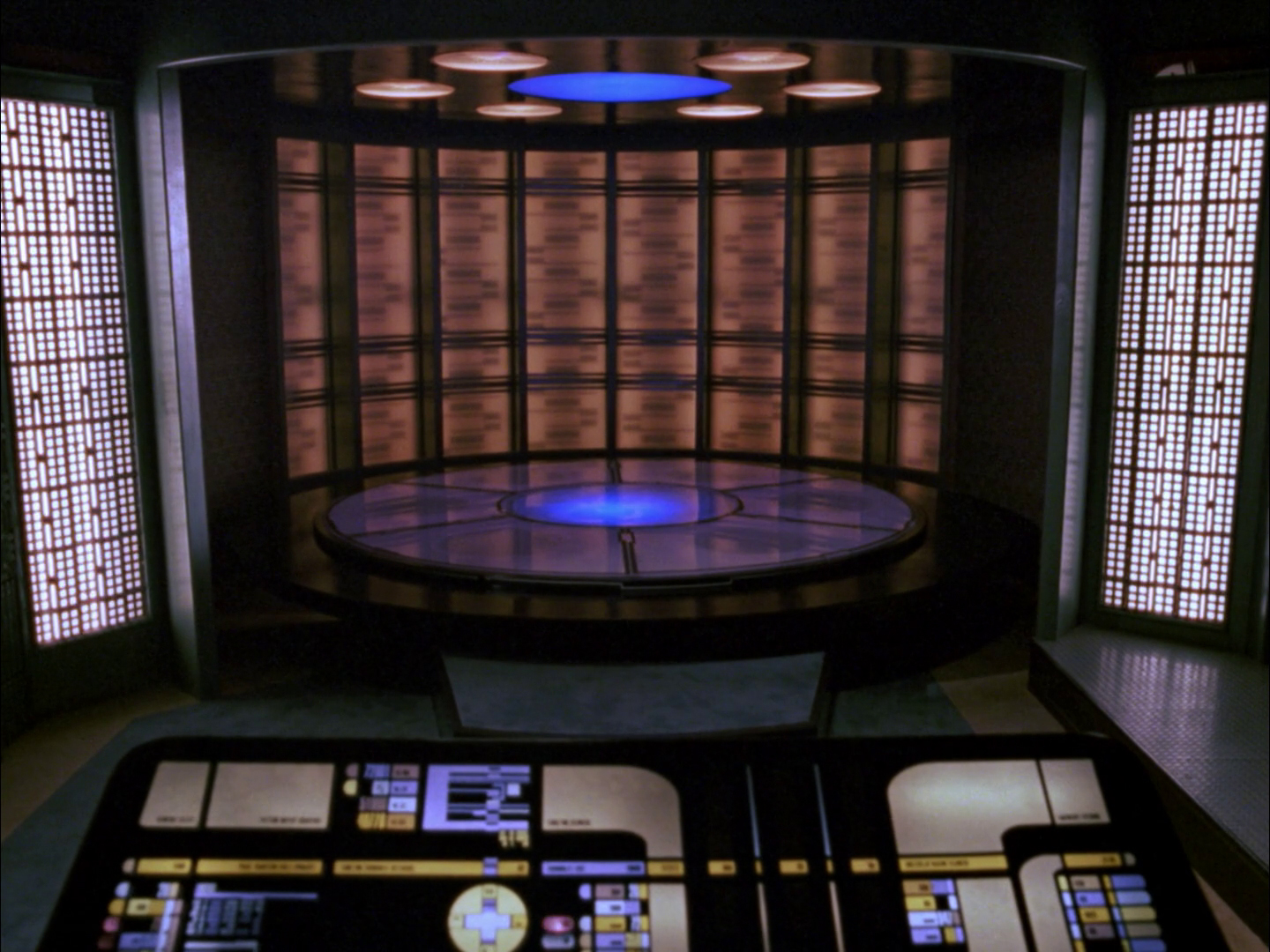The houses on Endor are looking more modern than I the Galactic Civil War days
That was a long time ago

Yub Yub!
If it worked for the Ewoks, it’ll work for the Ukrainians.
What would this do apart from annoying the tank?
Depending on the beam’s weight, where it impacts, and what kind of tank it is, here are some possible effects:
- Absolutely nothing
- Cause the crew to button up, reducing their visibility
- Draw the crew out to assess or repair damage, expsoing them to small arms fire
- Remind the crew that their enemy is active in the area and slow the advance
- Distract the crew long enough for infantry to employ a more effective weapon, possibly including approach the tank on foot without being seen
- Main gun barrel impact - deform the barrel enough to disable it
- Turret impact - disable turret rotation, reducing aiming capability
- Track impact - mobility kill by damaging roadwheels and/or track, or just getting stuck there
- Direct side impact - probably nothing
- Random gear impact - even old tanks have external mounted machine guns, optics, radio antennae, and shit that could be disabled
- Exposed crew impact - squishy squishy
Of all these possibilities, I think just trying to get the damn thing stuck in the wheels/tracks is the most likely to actually work, even on relatively modern tanks.
Eh, I think you can definitely break a track or drivewheel with this. If your tank looks like the one in the image, you might even do a little more damage.
It’s also a great way to scatter yourself over a wide area by means of high explosive.
Meh. Big stick fall on tank. ??? Nuthin.
Explosives on that stick is another matter.
Big stick smash between tracks/wheels of moving tank? Maybe immobilized in an urban area.
Tank crew unhappy.
The I-beam is heavier than that. It specifies heavy I-Beam.
Probably this. If a tank is in a narrow space and a tread is busted, it effectively becomes a stationary target with seriously limited usefulness.
Hit the cannon with this and they can’t shoot anymore
I’m sure the A-Team or Magyver could do that, normal people not so much.
Humans become dangerously inventive and resourceful in guerilla warfare. Its fun (and sometimes horrifying) reading old booby trap recipes that was shared around by Milorg here in Norway during WW2.
“Your concussion is not service related”
Given the era of tank depicted: a lot of damage.
Many early tanks were designed to deflect small arms fire and shrapnel from artillery.
Even so: Aas anti tank weaponry and armor to match developed: tanks notoriously had weak armor when not being hit directly from the front. A swinging I-beam from an upwards sideways angle could definitely compromise a 1930s era tank in a critical fashion.
deleted by creator
Looks like something Wile E Coyote would come out with.
Put another on the other side for a nice armored squish
Exactly!

He’s not here, strange
IDK anything about tanks but I’m pretty sure rule 1 is that they need troop support, because without it they’re easy targets.
You just wouldn’t drive your tank through a space like this without troop support.
Eh, that was the working assumption up until very recently. With the advent of drones and pin point artillery, having a lot of infantry support just means the enemy kills a tank and a platoon.
The Russians have just been avoiding sending tanks into urban settings by leveling entire cities. I think this particular conflict is going to be rewriting a lot of doctrine we have about combined arms warfare.
My historian friend shared a quote with me whose source I don’t recall, but it was roughly “wars are fought based on the rules written during the previous war”. He thought it was not always true, but interesting to look at the ways in which it was (i.e. considering how military strategy evolved at the beginning of WW2)
Duct tape an anti tank mine to the end of it and baby, you got a stew goin.
Well this work if I try it with a 3 story building?
No it will go right under the tank
Kevin McCallister was onto something.





